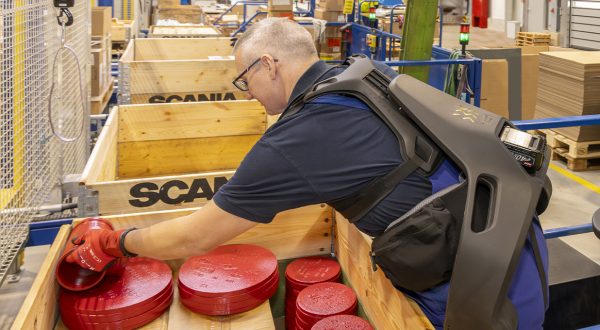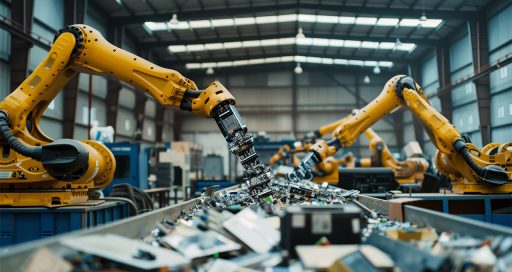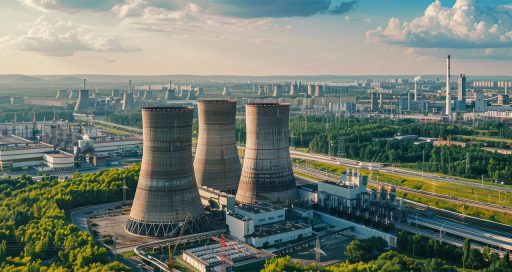The use of robots can meet safety, productivity and recruitment needs in the building and civil engineering sectors. There a just a few obstacles, mostly regulatory, left to remove.
![]()
Construction has the highest accident rate of any professional sector, with 56 work accidents recorded annually per 1,000 employees in France, where the average across all sectors is around 34 per 1,000. The construction sector alone accounts for almost 14% of all work accidents, over 16% of accidents leading to permanent impairment and over 19% of fatal accidents. It also represents 15% of occupational illnesses recorded by the French national health insurance agency.
For employers, this accident rate compounds the poor image of the construction trade. This causes them problems with recruiting, in addition to contending with a limited workforce. But the sector is taking steps to improve its appeal, applying a variety of levers: salaries, training, quality of work life and making building trades aspirational.
“In two years, we’ve developed a dozen robots capable of performing around 20 construction tasks”
But construction companies also have a non-conformist ally, very discreet but with plenty to offer: the robot. Of course, using robots on construction sites is not a new idea. On the contrary, it is a recurring theme in industry discussions. It must be said that the presence of robots on construction sites offers numerous advantages. Robots can replace human beings for dangerous or highly arduous work (repetitive tasks, hard physical labour). They are also an army of reservists ready to cover staff shortages at any given moment or according to a schedule. And they help to modernise the image of the construction trades.
VINCI joint venture
Several companies have already developed high-performance robots. In 2012, the English SME Q-Bot launched a robotic system capable of inspecting and insulating domestic crawl spaces, which are difficult for human beings to access. The French startup PaintUP offers a facade-painting robot. Robots for Site, a joint venture between VINCI Energies, VINCI Construction and Eurovia, provides industrial robotics solutions tailored to the specific needs of construction: mobile, autonomous robots capable of working outdoors in unstable environments.
Pierre Barcelo, CEO of Robots for Site, explains: “In two years, we’ve developed a dozen robots capable of performing around 20 construction tasks: robots for autonomous handling, scouring metal structures, planing ovoid walls, tiling, sanding floors and walls, drilling slabs/walls or ceilings, and core drilling; an autonomous tool for railway equipment, an arm for handling well-drilling pipes and a formwork renovation workshop.”
The business unit is working on some 50 internal VINCI Group projects and has favoured easy-to-use solutions, with an average of at most five commands for the operator. Because even if they have very little to do, there is always an operator in the loop!
![]()
Obstacles to overcome
There is a real need and a working solution – so why are robots not more present on construction sites? Various factors still hinder the meeting of supply and demand. In 2019, a study by the Big Data Enterprise and Artificial Intelligence Laboratory in Bristol highlighted the lack of a perceived need to improve productivity, fear of change and a lack of trained personnel, among others.
From a more technical point of view, construction sites often lack the space that robots need to move around. Another obstacle is the difficulty robots have, even when fed data beforehand, in knowing where they are in buildings under construction, where the spaces are naturally constantly changing. The cost of the devices is not insignificant either. At Robots for Site, prices range from €40,000 to €350,000. To be cost-effective quickly, a robot needs to be usable on multiple sites, i.e. must be multipurpose.
For Pierre Barcelo, the real key to jump-starting the market is to be found in the regulatory sphere: “We can only market industrial solutions once they have been certified by a European standard. There is currently no certification that specifically addresses building site activities. But we’re working on it: certification should be available from summer 2022.” The Robots for Site CEO finishes by saying: “Expectations are huge, from eliminating dangerous situations and mitigating the risk of musculoskeletal problems to reducing time and budget overruns. It only needs one or two players to take the first step to set the market in motion.”
12/05/2022
Learn more:
Learn more





